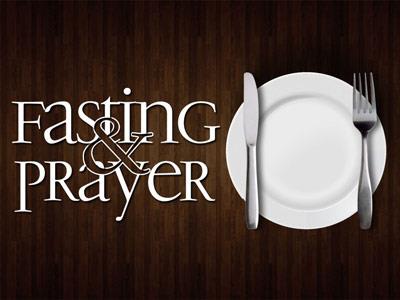-
Unto The Church In Ephesus, Write Series
Contributed by Mark A. Barber on Sep 6, 2013 (message contributor)
Summary: Ephesus is one of the churches that got things half right, yet entirely wrong. The church must have doctrinal purity, but not at the expense of love.
Unto the Church in Ephesus, Write
Introduction
Last week, we were introduced to the magnificent vision of Christ which John saw, which left him as though he were dead. This was similar to the vision that several of the Old Testament prophets had seen with a similar feeling of being undone. However, in this vision, it was more than a vision as John felt the touch of the hand of Jesus. Several parts of Jesus’ appearance were described and which will find themselves again at various points of the text, including today’s passage.
Today, we will look at the portion of the letter which is addressed to the city of Ephesus. Ephesus was considered the crown jewel of Asia Minor (modern Turkey). Even though it was not the capital of the Roman province of Asia which was Pergamum, it was the greatest city in Asian Minor. It boasted one of the largest populations of any city in the Roman Empire. It had magnificent buildings, and all the amenities of what was then modern Rome. There was running water, baths, indoor toilets for the rich, anyway, a library, a school and library complex, as well as a large theatre which could seat 25,000 people.
The city was a free city which the Romans granted the right of self-governance. This was an esteemed privilege which was granted and defended against anything which would disturb the peace. This is why the clerk of the city (mayor) in Acts 19:35 was quick to calm the disturbance which broke out as a result of Paul’s preaching there. This was a real threat. We can see that this happened to Judaea and Jerusalem who had been self-governed under the Herods. But when the peace was disturbed there, Rome took control and appointed a Roman governor. The same could have happened here.
There were several temples in the city dedicated to various gods. The biggest of these was the Temple of Artemis (Diana) which was one of the seven wonders of the ancient world. It was the cause of much of the cities wealth, and many entrusted their valuables to her safekeeping in the Temple. Loans were made on these deposits, making the Temple serve as a bank. The tourists of the Artemis trade was a major boost to the economy, just as the Temple in Jerusalem was to Palestine. When Paul arrived there, his preaching there disturbed the business of selling souvenir shrines as well as those who sold magic charms. This led to the aforementioned disturbance that caused the people of the town to riot and rush to the theatre shouting “Great is Artemis of the Ephesians.”
There was also a large Jewish community there as well. The preaching of John the Baptist had arrived there which led to speculation that the Messiah was at hand. Apollos, a Jew from another great city of the Roman Empire, Alexandria, had come there with his great knowledge of the Scripture and probably the Alexandrian Jewish theology as well. So Paul and his companions had found fertile ground to expound Jesus to. And apparently, the well-educated Jews gave Paul a little more time to make his case before rising up against him. It was one of these Ephesian Jews who led to Paul’s arrest in Jerusalem.
Ephesus became a great center of Christianity. Paul spent three years there preaching. At some later time, John himself came there. Timothy was there. It became the source of missionary activity to Asia Minor, including the seven churches or Revelation.
We don’t have any Scriptural evidence of the interactions between the Christians which Paul evangelized, and those which John had charge over. As churches were usually house churches, it is possible that Ephesus was large enough for Paul and John, especially if Ephesus was considered to be the city with its surrounding suburbs. This does not mean, of course, that there was not some degree of contact between their churches. However, the only other church of the seven in Revelation that Paul makes mention of in Colossians is a now lost letter to the Laodicieans.
Many of the New Testament seem to focus around Ephesus. Of these, Revelation, Acts, and Ephesians make direct mention of Ephesus. In addition, we can add 1 and 2 Timothy, probably 1 John, the Gospel of John, and possibly Hebrews. From these, we can come up with some idea of the churches of Ephesus. Paul had prophetically warned the elders of the church to guard the church’s teaching against grievous wolves who would attempt to scatter the flock. There is strong evidence that these travelling false teachers had tried to infiltrate the churches with their heresies. We see this in 1 and 2 Timothy and 1 John. From Revelation, we learn that they had passed that test. We also learn from the other sources that Ephesus struggled with Christian love, which is also evidenced here.

 Sermon Central
Sermon Central



